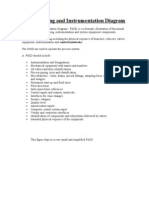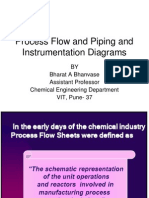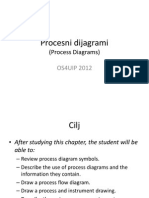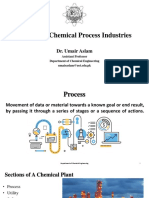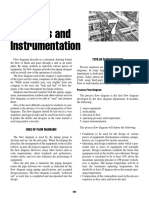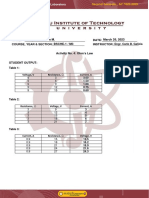0% found this document useful (0 votes)
70 views7 pagesLesson 2.1 - Process Flow Diagrams and PFID (Notebook)
The document discusses Process Flow Diagrams (PFD) and Piping & Instrumentation Diagrams (P&ID), highlighting their roles in representing chemical engineering processes. PFDs focus on major equipment and process interactions, while P&IDs detail piping and instrumentation for maintenance and design purposes. Both diagrams serve as essential tools for improving plant operations and ensuring safety and regulatory compliance.
Uploaded by
Marvin AngelesCopyright
© © All Rights Reserved
We take content rights seriously. If you suspect this is your content, claim it here.
Available Formats
Download as PDF, TXT or read online on Scribd
0% found this document useful (0 votes)
70 views7 pagesLesson 2.1 - Process Flow Diagrams and PFID (Notebook)
The document discusses Process Flow Diagrams (PFD) and Piping & Instrumentation Diagrams (P&ID), highlighting their roles in representing chemical engineering processes. PFDs focus on major equipment and process interactions, while P&IDs detail piping and instrumentation for maintenance and design purposes. Both diagrams serve as essential tools for improving plant operations and ensuring safety and regulatory compliance.
Uploaded by
Marvin AngelesCopyright
© © All Rights Reserved
We take content rights seriously. If you suspect this is your content, claim it here.
Available Formats
Download as PDF, TXT or read online on Scribd
/ 7











